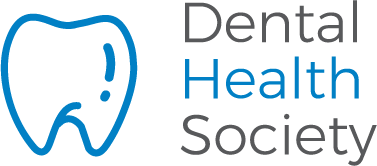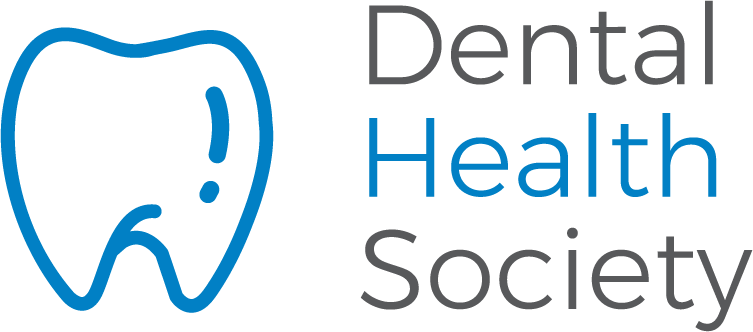This piece was originally posted on May 11, 2020.
How can you determine if your problem is a dental emergency or if it can wait? Many patients have the mindset that a toothache can go away on its own or be fixed with ibuprofen, but what if the pain persists? Find out what counts as a dental emergency and what to do about it.
How to Identify a Dental Emergency
Pain, bleeding, swelling, and especially oral trauma could indicate a dental emergency. It is generally not recommended to go to the emergency room for dental issues since emergency room doctors aren’t equipped to perform dental procedures. Patients may be able to get pain medication, fever reducers, stitches, or have a broken jawbone set, but in most dental emergencies, they should attempt to see if a dentist can provide emergency services instead.
The following conditions may be serious enough to justify a call to the dentist to seek emergency treatment.
Severe Pain
A seed or other food particle stuck between two teeth can cause a surprising amount of pain. If this is the case, the problem can be solved at home by flossing and cleaning around the area. If pain isn’t relieved after cleaning or with over-the-counter Ibuprofen or acetaminophen, a dentist should be consulted as one of the following conditions could be present:
Cavity
A cavity that has worn away enough of the enamel to hit the tooth root will cause severe pain, especially when chewing or drinking hot and cold liquids. While not an emergency, a dentist will schedule a time fairly quickly to fill the cavity.
Pulpitis
If cavities are left unaddressed for too long and bacteria spread into the tooth’s pulp, there could be an infection inside the tooth. A dentist may be able to scrape the infected matter out, but a root canal is often necessary, followed by the placement of a crown to protect the tooth.
Wisdom Teeth Eruption
Also known as pericoronitis, wisdom teeth can cause toothache pain when they start to come in if they do not have room to come in. A dentist might advise having them removed as soon as possible.
Bleeding
Bleeding gums can be the result of brushing too hard or a scrape or cut caused by a piece of hard food. It can also indicate something more serious such as:
Periodontal Disease
At the beginning of gingivitis or periodontitis, gums will be inflamed and sometimes bleed. This is cause for concern and your dentist will address how to stop the progression of gum disease, but this is not an emergency. If bleeding doesn’t stop or comes along with a toothache or swelling, it could be severe periodontal disease, which can cause irreparable damage to the gums. A dentist or periodontist will determine how best to address the issue.

Trauma
Gums may bleed a lot if they have been torn or cut due to being hit in the mouth. Sutures might be necessary to stop the bleeding and prevent infection. This type of injury is a dental emergency.
Signs of Infection
If a tooth is infected or abscessed, it needs to be addressed promptly by a dentist. Signs of infection include:
- Severe pain that makes it hard to eat
- A boil-like bump on the gum filled with fluid
- Swelling in the surrounding area, or in the face
- Fever
Infections are considered dental emergencies. Left alone, an infection in a tooth can spread to neighboring teeth or the jaw. In the worst cases, an infection can get into the bloodstream and cause death.
At home, a patient can try ice packs, ibuprofen, and topical analgesics for the pain and fever until they can get to a dentist. The dentist will need to lance and drain the abscess—something that should not be attempted at home. If there is any trouble breathing or swallowing, the patient should go to an emergency room instead of waiting to see a dentist.
Is a Broken Tooth a Dental Emergency?
Loose teeth in adults are not normal and could indicate a dental emergency. Loose or broken teeth could be the result of trauma or a sign of an infected tooth. Losing a tooth can affect the patient’s bite alignment and ability to chew, so a dentist should be consulted immediately about a loose tooth to see if it can be saved.
Is a broken tooth a dental emergency? Not always, but compromised teeth can cause issues down the road. For example, if the remaining part of a broken tooth is jagged or sharp, it can cut into the lips and gums. And, if a break goes deep into the pulp of the tooth, there is a risk of bacterial infection.
Is a Loose Implant a Dental Emergency?
Implants have the important purpose of filling a space where a tooth once was. Losing an implant makes periodontal disease more likely, can affect speech and eating, creates an irregular bite, and can cause other teeth to shift. It’s crucial to see a dentist if an implant is loose.
Does Emergency Dental Care Cost More?
Compared to routine dental services and insurance, emergency dental care typically costs more. With emergency dentistry, the problems are usually more serious than a filling or a cleaning so the bill will be higher. However, compared to issues that could happen if dental emergencies go unaddressed, the cost of emergency care may be well worth it.
Manage Your Dental Emergency
The best thing to do if you have a dental emergency is to contact your dentist right away. Here at The Dental Health Society, we are prepared to help you with your dental emergency. Make an appointment with us as soon as possible.


